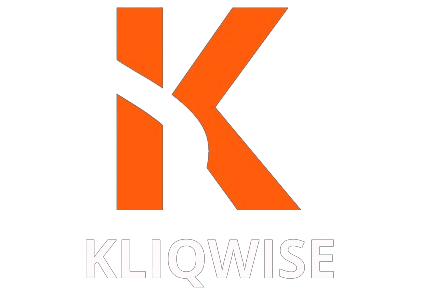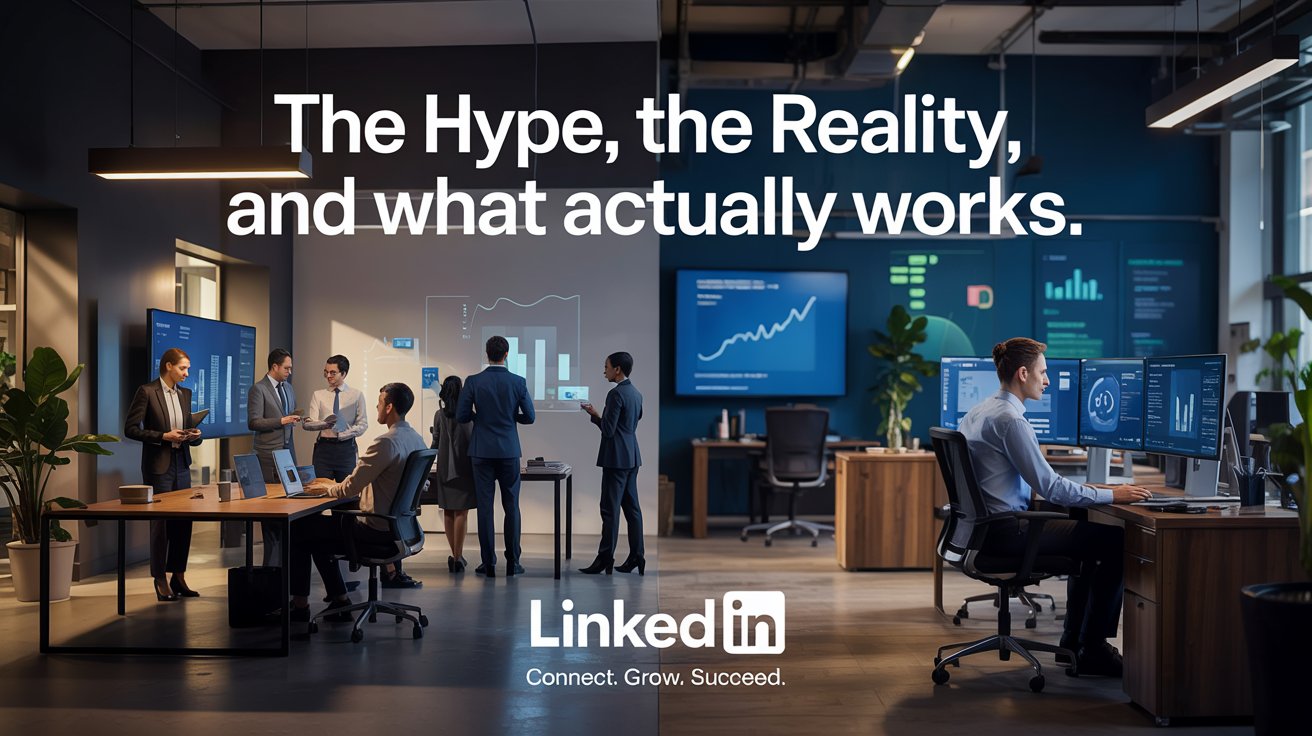Let’s be honest—LinkedIn Ads aren’t cheap.
CPCs can make even seasoned marketers sweat. Budgets vanish fast. And if you’re not careful, you’ll end up with a campaign that burns cash without bringing in real pipeline.
But after running 1,000+ LinkedIn ad campaigns, we’ve cracked the code. We’ve seen what flops, what scales, and what consistently delivers high-intent leads.
Here’s what we learned. No fluff. Just battle-tested insights you can apply today.
1. LinkedIn Ads Are a Different Beast—Treat Them That Way
Running LinkedIn Ads like you would on Facebook or Google?
That’s mistake #1.
LinkedIn is not a platform where you go viral overnight or generate impulse buys. It’s a trust-building channel where high-value leads take multiple touchpoints before converting.
What works?
-
Playing the long game—think nurture, not quick wins
-
Using engagement-based retargeting instead of cold prospecting
-
Aligning ads with your buyer’s natural research journey
Pro Tip: Build your audience in phases—first, warm them up with value, then hit them with conversion-focused messaging.
2. Targeting: Less Is More (Seriously)
A common mistake? Trying to target everyone in your ICP at once.
Broad targeting = wasted spend.
Narrow targeting = higher relevance, better conversions.
What we’ve seen work best:
-
Start with Job Titles + Seniority
-
Layer in Company Size + Industry
-
Exclude irrelevant segments (e.g., students, competitors)
-
Use Lookalike Audiences for scaling after finding winners
Pro Tip: Your audience size should be 50k–300k for optimal cost and performance.
3. Creative That Grabs (and Keeps) Attention Wins Every Time
Most LinkedIn ads fail because they’re… boring.
Your audience is busy, skeptical, and bombarded with content. If your ad doesn’t stand out, it’s dead on arrival.
What’s working now:
- Conversational copy (ditch corporate-speak)
- Bold visuals (colors, contrast, dynamic layouts)
- Carousels + short videos (better engagement, lower costs)
- Gated vs. Ungated Tests (not every ad should push a form)
Pro Tip: Treat your ad like a LinkedIn post that just happens to be sponsored—if it wouldn’t get organic engagement, it won’t work as an ad.
4. Cost Per Lead (CPL) Doesn’t Matter as Much as You Think
Marketers love to obsess over CPL. But here’s the truth:
- A cheap lead that never converts is expensive.
- A high-cost lead that turns into a $100k deal is a bargain.
The real metric to track? Cost Per Opportunity (CPO)—the cost of generating a qualified sales opportunity.
How to optimize for CPO:
-
Score leads based on engagement + intent, not just form fills
-
Feed LinkedIn data into your CRM and enrichment tools
-
Measure pipeline impact, not just vanity metrics
Pro Tip: If you’re getting low CPLs but no meetings, your audience, offer, or follow-up is broken. Fix that first.
5. The Follow-Up Is More Important Than the Ad Itself
Think the campaign ends when someone fills out a lead form?
Think again.
Most LinkedIn leads are mid-funnel—they need nurturing before they’re sales-ready.
Winning follow-up strategies:
- Immediate personalized outreach (not automated spam)
- Multi-touch nurture sequences (LinkedIn + email + retargeting)
- Fast response times (5x higher conversion if you follow up within 10 minutes)
Pro Tip: If sales isn’t closing your LinkedIn leads, the issue is probably speed to lead or lead qualification—not the ads themselves.
Final Thoughts: LinkedIn Ads Can Be a Goldmine—If You Do Them Right
After running 1,000+ campaigns, here’s what we know for sure:
- LinkedIn Ads work—but only if you play the long game.
- Targeting needs to be laser-focused, not broad.
- Your ad creative matters more than you think.
- Lead cost is less important than lead quality.
- Your follow-up will make or break campaign success.
At Kliqwise, we specialize in demand-gen that actually converts, not just inflated MQL numbers.





